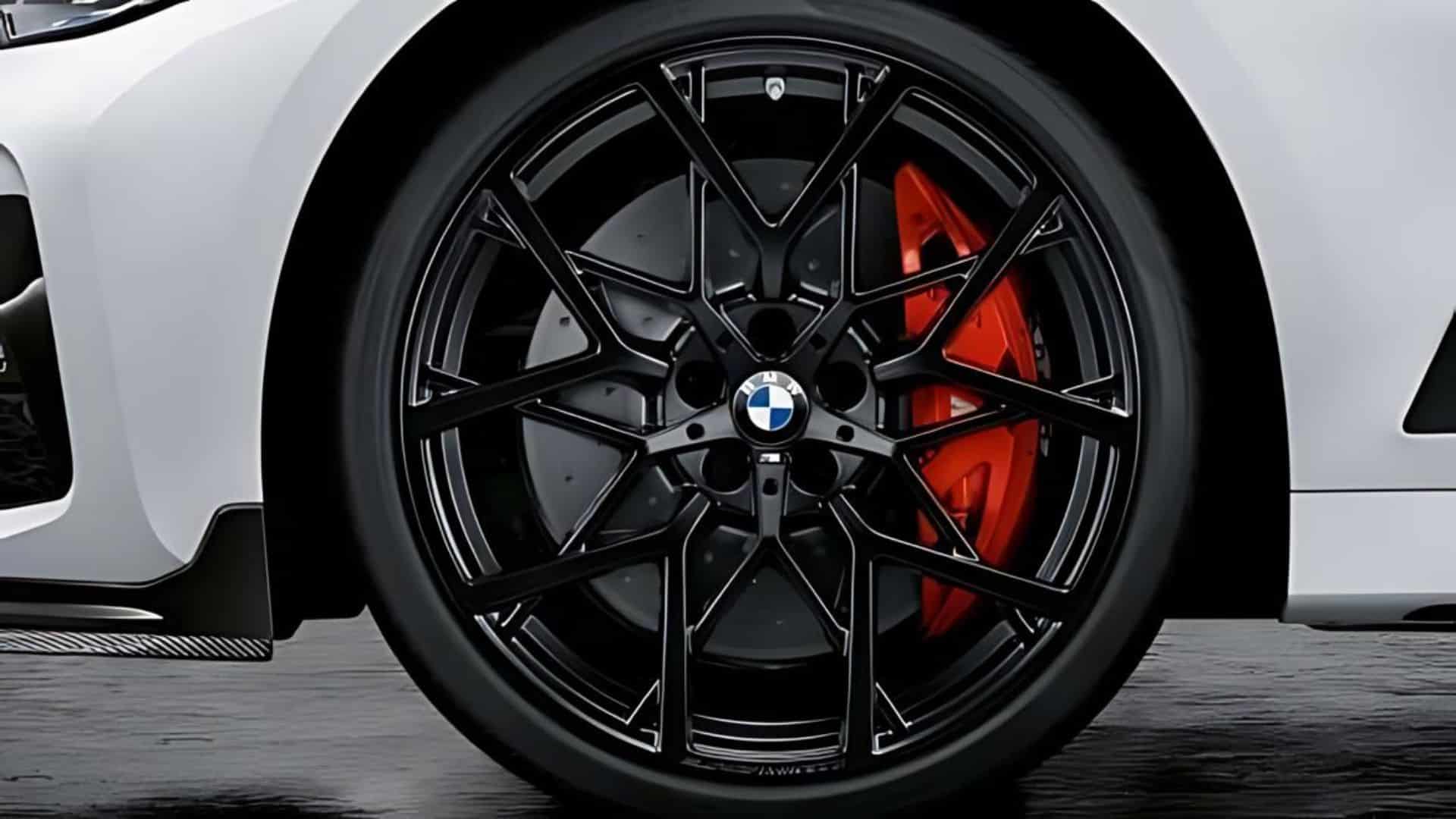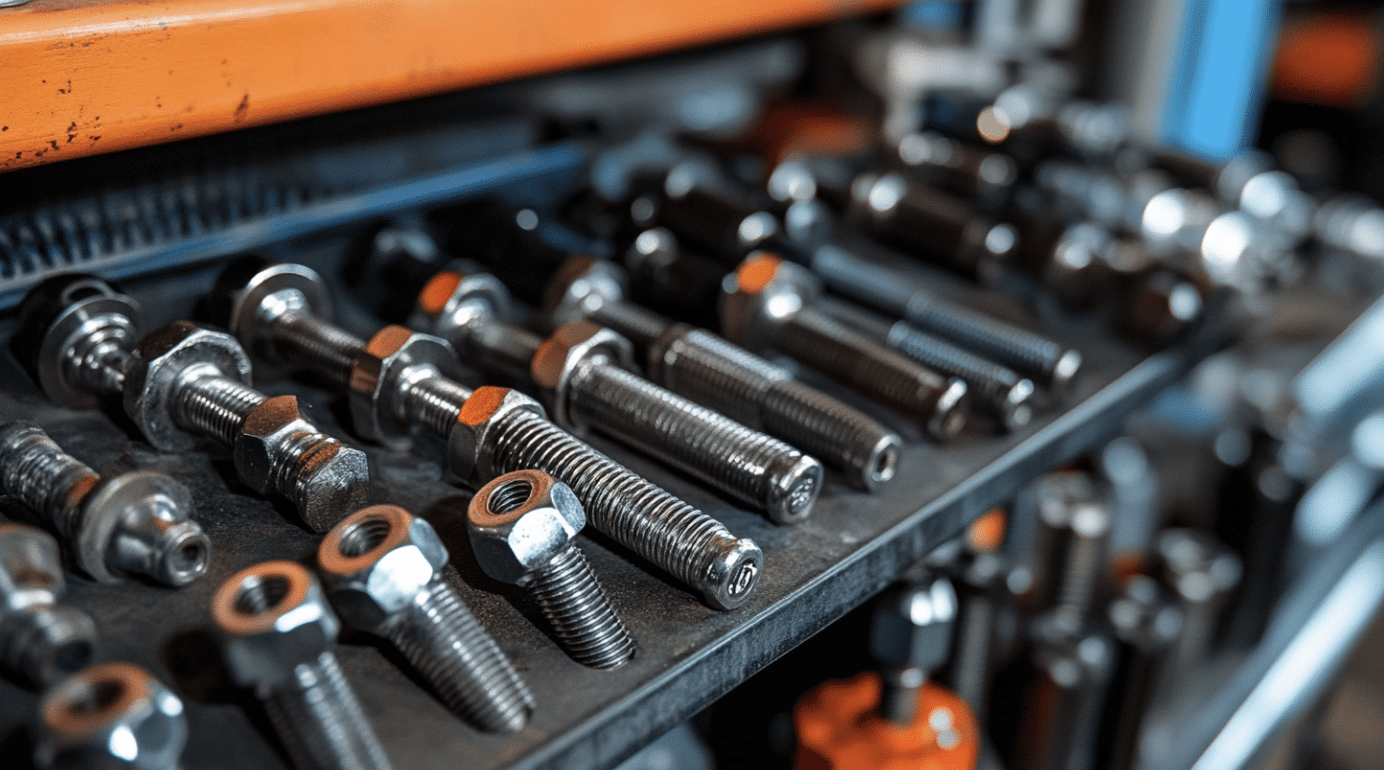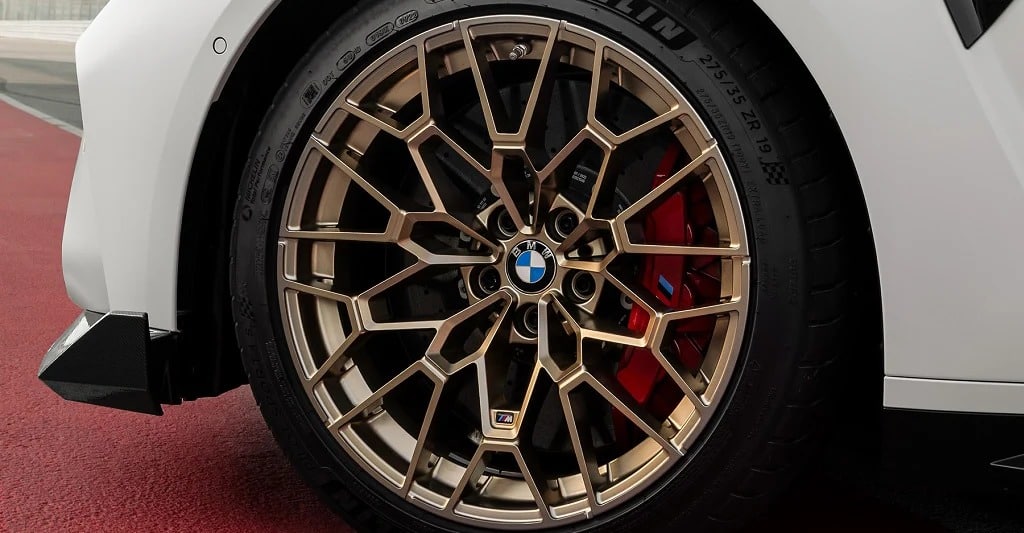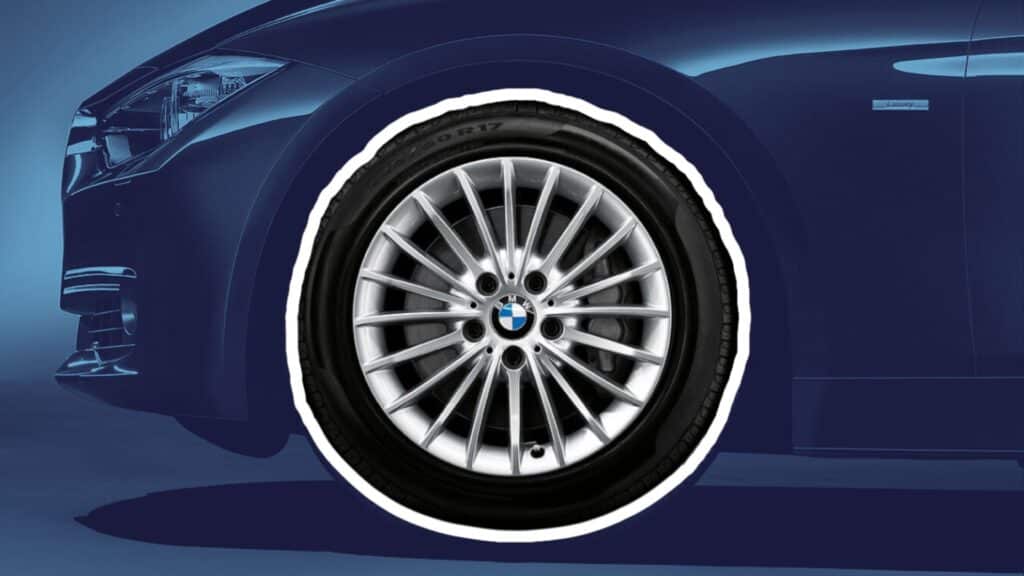Exploring the world of BMW wheels can be exciting, but getting lost in technical details is easy. You’re not alone if you’ve ever wondered about BMW bolt patterns.
Many car enthusiasts struggle to understand this important aspect of wheel fitment. This blog will explain the complexities of the BMW bolt pattern in simple terms.
You’ll learn about bolt patterns, why they matter for your BMW, and how to identify the right pattern for your vehicle.
By the end of this post, you’ll have a clear understanding of BMW bolt patterns and feel confident in making informed decisions about your car’s wheels. Let’s begin this ride through the world of BMW wheel fitment.
Structure of BMW’s Bolt Pattern

The importance of the correct BMW bolt pattern cannot be overstated. It’s not just about fitting wheels to your car. It’s about ensuring your safety and maintaining your BMW’s performance.
1. What is a Bolt Pattern?
A bolt pattern, also known as a lug pattern or bolt circle, refers to the arrangement of the bolts used to attach the wheel to the hub of a vehicle. It is defined by the number of bolts and the diameter of the imaginary circle formed by these bolts.
A bolt pattern is crucial for ensuring proper wheel fitment, as it determines the compatibility between the wheel and the vehicle’s hub. Incorrect bolt patterns can lead to poor handling, vibrations, and even safety hazards, making it essential to match the pattern accurately.
2. Common Terminologies Associated with
Lug Pattern: The lug pattern is another term for the bolt pattern. It specifically refers to the layout of the bolts that secure the wheel to the hub.
Bolt Circle: The bolt circle is the imaginary circle formed by drawing a line through the center of each bolt. The diameter of this circle is a key measurement in determining the bolt pattern.
BMW Bolt Pattern Chart
| BMW Series/Model | Common Bolt Pattern | Exceptions/Notes |
|---|---|---|
| 3-Series | 5×120 mm | Older models (pre-1990s) may use 4×100 mm. |
| 5-Series | 5×120 mm | Newer models (post-2017) may use 5×112 mm. |
| X-Series (X1, X3, X5) | 5×120 mm | Recent models (2018 onwards) may use 5×112 mm. |
| 7-Series | 5×112 mm | Early models used 5×120 mm. |
| M-Series (Performance Models) | 5×120 mm/5×112 mm | Some limited editions may have unique patterns. |
| Electric & Hybrid Models | 5×112 mm | Bolt patterns may vary due to design requirements. |
Knowing the correct pattern for your BMW is an important aspect of proper wheel fit and safety. It’s not just about looks – using the wrong pattern can lead to serious handling issues or even wheel detachment.
Before buying new wheels or making changes, always check your BMW’s specific bolt pattern. While most modern BMWs use 5x120mm or 5x112mm patterns, there are exceptions, especially in older models.
Standard Types of Bolts Used In BMW

When dealing with BMW bolt patterns, it’s not just about the pattern itself – the type of bolts used is equally important. Let’s explore the different bolts you might encounter:
1. Standard Bolts
Cone Seat Bolts: These are the most common in BMW models. They have a tapered end that fits snugly into the wheel’s bolt hole, ensuring a secure fit and proper alignment. The cone’s 60-degree angle provides optimal contact and pressure distribution.
Ball Seat Bolts: While less common on BMWs, you might find these on some aftermarket wheels. They have a rounded end instead of a tapered one. It’s crucial to use the correct type to avoid fitment issues. Mixing bolt types can lead to improper seating and potential safety risks.
2. Security Bolts
Locking Bolts: These special bolts require a unique key to remove, adding an extra layer of security against wheel theft. Typically, a set includes one locking bolt per wheel, with the rest being standard bolts.
Spline Drive Bolts: Used in certain high-performance applications, these bolts have a splined pattern instead of a standard hex head. They offer increased torque capacity and are harder to remove without the proper tool.
3. Extended Bolts
When using wheel spacers or adapters to modify your BMW’s stance or fitment, you might need extended bolts to maintain proper thread engagement and ensure your wheels are safely attached. It’s crucial to choose the right length to avoid under- or over-tightening.
Remember, using the correct bolt type is crucial for your safety and your BMW’s performance. Always consult your vehicle’s manual or a professional about which bolts to use.
What are Proper Bolt Patterns Important for?
- Mechanical Integrity: Using the correct bolt pattern ensures an even pressure distribution on the wheel. This is vital because an improper fit can lead to uneven stress, potentially causing wheel detachment – a dangerous situation, especially at high speeds.
- Structural Failure: Mismatched bolt patterns can compromise the wheel’s structural integrity. This might result in cracks or breaks during high-stress conditions, such as hard cornering or hitting potholes.
- Accident Risk: Driving with improper bolt patterns significantly increases the risk of accidents. Sudden wheel failures, particularly at high speeds or during sharp turns, can lead to loss of control and serious accidents.
Their Impact on Performance
- Handling and Stability: Proper BMW bolt pattern ensure that wheels are securely attached, which is crucial for maintaining your BMW’s precise handling characteristics. This is especially important in high-performance driving or track settings where every bit of handling precision counts.
- Alignment Issues: Incorrect patterns can cause misalignment, negatively affecting tire wear and overall vehicle stability. This impacts performance and can lead to costly repairs and frequent tire replacements.
- Braking Efficiency: A securely fitted wheel contributes to optimal braking performance. Proper fitment ensures the wheel doesn’t move or flex under hard braking, reducing stopping distances and improving safety during high-speed driving.
- Track Performance: Proper bolt patterns are essential for BMW enthusiasts who take their cars to the track. They help maintain consistent lap times and ensure the vehicle responds predictably to driver inputs, which is crucial when pushing the car to its limits.
How to Measure Your BMW’s Bolt Pattern

Accurate measurement of your BMW bolt pattern is essential for ensuring proper wheel fitment. This directly impacts your vehicle’s safety, handling, and overall performance. Incorrect measurements can lead to purchasing incompatible wheels, resulting in poor handling, vibrations, or even potential safety hazards. Let’s break down the process into simple, easy-to-follow steps:
1. Counting the Bolts
Locate the Lug Bolts: Find the lug bolts on your BMW’s wheel hub. Typically, BMWs have 5 lug bolts, but some older models might have 4.
Count the Bolts: Count the number of lug bolts. This number is the first part of the bolt pattern (e.g., 5 in a 5×120 pattern). Double-check your count to ensure accuracy.
2. Measuring the Diameter of the Bolt Circle
Identify the Opposite Bolts: A 5-bolt pattern is common in BMWs. Measure from the outer edge of one bolt to the center of the opposite bolt.
Measure with Precision: Use a measuring tape or calipers to measure the distance accurately. This measurement is the diameter of the bolt circle, usually given in millimeters (e.g., 120 mm in a 5×120 pattern).
3. Tools Needed
Measuring Tape: A flexible measuring tape is commonly used for measuring bolt patterns. Make sure it’s long enough to span the bolt circle.
Calipers: Calipers are recommended for greater precision, especially in measuring the diameter of the bolt circle. They provide accurate measurements down to the millimeter.
Marker (Optional): You can use a marker to note the bolts you’ve counted or measured, ensuring consistency and accuracy.
4. Practical Tips
Cross-Reference: After measuring, cross-reference your findings with your vehicle’s manual or a trusted online source to ensure accuracy.
Seek Professional Help: If you’re unsure about your measurements or find conflicting information, consider consulting a professional mechanic or BMW specialist to avoid costly mistakes.
5. Common Mistakes While Measuring Bolt Patterns
Miscounting Bolts: A common mistake is miscounting the number of bolts, especially in complex configurations. Always double-check the count.
Incorrect Diameter Measurement: Misjudging the diameter can lead to selecting wheels that do not fit properly. Ensure the measurement is taken accurately across the circle, not just between two adjacent bolts.
Overlooking Bolt Seat Type: Another mistake is ignoring the bolt seat type (cone or ball seat), which is critical for proper wheel alignment. Using the wrong seat type can result in uneven pressure, leading to potential wheel loosening or damage.
Conclusion
Understanding and correctly using the BMW bolt pattern is crucial for your vehicle’s safety, performance, and handling. You’ve explored how to identify, measure, and modify bolt patterns, but the key takeaway is always to prioritize accuracy and safety.
For BMW owners considering wheel or bolt pattern modifications, here’s our final advice: Always double-check your measurements before purchasing new wheels. If modifying, consult with a professional to ensure compatibility and proper installation.
Remember that while aesthetics are important, safety should never be compromised. Stick to your BMW’s original specifications when in doubt.
By respecting your BMW’s engineering and making informed decisions about bolt patterns, you’ll ensure a safe, high-performance driving experience that truly honors the BMW legacy.
Frequently Asked Questions (FAQs)
Do All BMWs Have a 5×120 Bolt Pattern?
No, not all BMWs have a 5×120 bolt pattern. While it’s common, some newer models use 5×112. Always check your specific BMW’s specifications for the correct bolt pattern.
How do I Know What Bolt Pattern I Need?
To determine your bolt pattern:
- Count the lug holes
- Measure between opposite holes
- Check your vehicle’s manual
- Use online lookup tools
- Consult a tire professional


